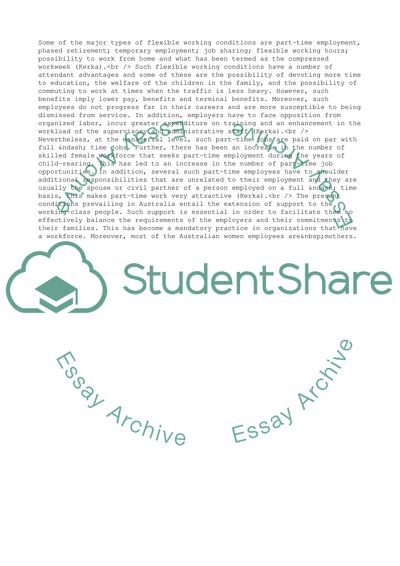Cite this document
(The Major Types of Flexible Working Conditions Case Study, n.d.)
The Major Types of Flexible Working Conditions Case Study. Retrieved from https://studentshare.org/business/1708813-discuss-the-advantages-and-disadvantages-of-flexible-work-arrangements-for-both-employers-and-their-employees-in-australia
The Major Types of Flexible Working Conditions Case Study. Retrieved from https://studentshare.org/business/1708813-discuss-the-advantages-and-disadvantages-of-flexible-work-arrangements-for-both-employers-and-their-employees-in-australia
(The Major Types of Flexible Working Conditions Case Study)
The Major Types of Flexible Working Conditions Case Study. https://studentshare.org/business/1708813-discuss-the-advantages-and-disadvantages-of-flexible-work-arrangements-for-both-employers-and-their-employees-in-australia.
The Major Types of Flexible Working Conditions Case Study. https://studentshare.org/business/1708813-discuss-the-advantages-and-disadvantages-of-flexible-work-arrangements-for-both-employers-and-their-employees-in-australia.
“The Major Types of Flexible Working Conditions Case Study”, n.d. https://studentshare.org/business/1708813-discuss-the-advantages-and-disadvantages-of-flexible-work-arrangements-for-both-employers-and-their-employees-in-australia.


